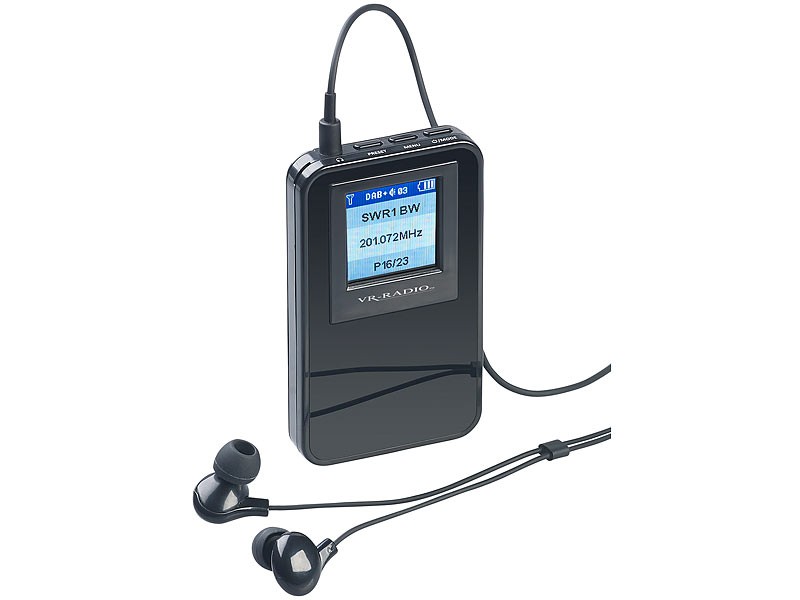

While AM signals travel much farther than FM signals, they have poorer sound quality. Amplitude, simply put, is the size of a sound wave. FM is standard on pretty much every pocket radio.Īmplitude modulation (AM): AM uses changes in amplitude to transmit signals.

While FM signals don’t travel as far as AM signals, they do have better sound quality, which is why the vast majority of radio stations that play music are on the FM dial. On the most basic level, frequency is the speed of a sound wave’s vibration. There are four major types of radio waves you’ll encounter when shopping for your pocket radio: FM, AM, NOAA, and shortwave.įrequency modulation (FM): FM uses changes in sound-wave frequency to transmit signals. The radio’s speaker converts these waves into mechanical vibrations, which in turn create the sound waves that travel to your ears and then to your brain, where the sound waves are translated into music, speech, or some other recognizable sound. The sound you hear coming out of your radio is produced by radio waves, a type of electromagnetic wave. They’re also useful in emergency situations when you might not have electricity to power your television or other news-gathering devices. Since they’re small, pocket radios are excellent for the beach, hiking, camping, or other outdoor activities. A pocket radio is a handy way to listen to music or talk radio inside or outside your home or when out of range of streaming music services.

#Miniradio test portable#
What is a pocket radio?Ī pocket radio, as the name suggests, is a portable radio that is often – although not always – small enough to fit in a pocket. In conjunction with Stadtwerke München, we can thereby provide an all-round package for power and data connectivity that meets the special topological and economic requirements for a microcell infrastructure and thus opens up new expansion options.A pocket radio lets you enjoy music or your favorite radio talk shows while on the go, camping, or even relaxing in your backyard. Specifically for microcell requirements, M-net has developed the architecture of a fiber optic sea - the 'Sea of Fiber'.
#Miniradio test full#
"With our dense and high-performance fiber-optic infrastructure, we offer our partner any number of entry options, especially in the inner city area, and thus full flexibility for network planning. Hermann Rodler, Technical Managing Director of M-net. In Munich, this is provided by the fiber optic infrastructure of Stadtwerke München and the local telecommunications provider M-net: "As a regional provider of telecommunications solutions via fiber optics, we are the reliable partner of O 2 / Telefónica for broadband connectivity in its core network," says Dr. In addition to a power supply, the small cells required a connection via fiber optics. Here, too, the focus will primarily be on particularly busy locations in German city centers, such as very busy squares, shopping streets or public transport stops. In the near future, O 2 / Telefónica will also use the small cells for targeted, selective 5G coverage. The new technology, which is not much bigger than a shoebox, provides customers in very close proximity with 4G and bandwidths of up to 100 Mbps. Small Cells directly enhance the network experience for local customers. Inconspicuously integrated into the streetscape and cityscape, they provide every customer with reliable access to a high-performance 4G network in many public places, and in the future also 5G," says Mallik Rao, Chief Technology & Information Officer of O 2 / Telefónica Deutschland. From the customer's point of view, they are a particular benefit where a particularly large number of people are out and about with their smartphones. "With our ORAN Small Cells, we are launching a model project for major German cities in Munich.


 0 kommentar(er)
0 kommentar(er)
